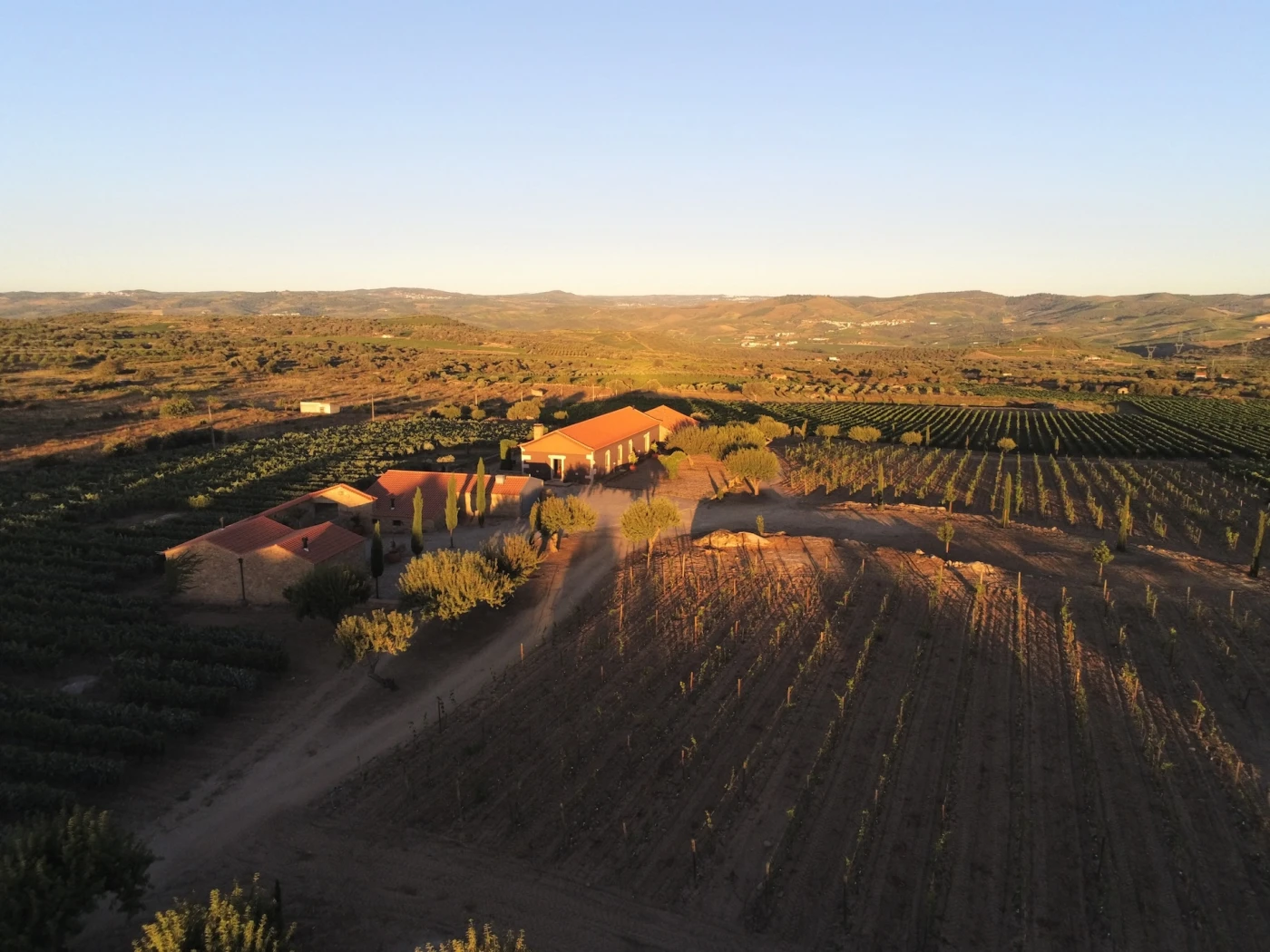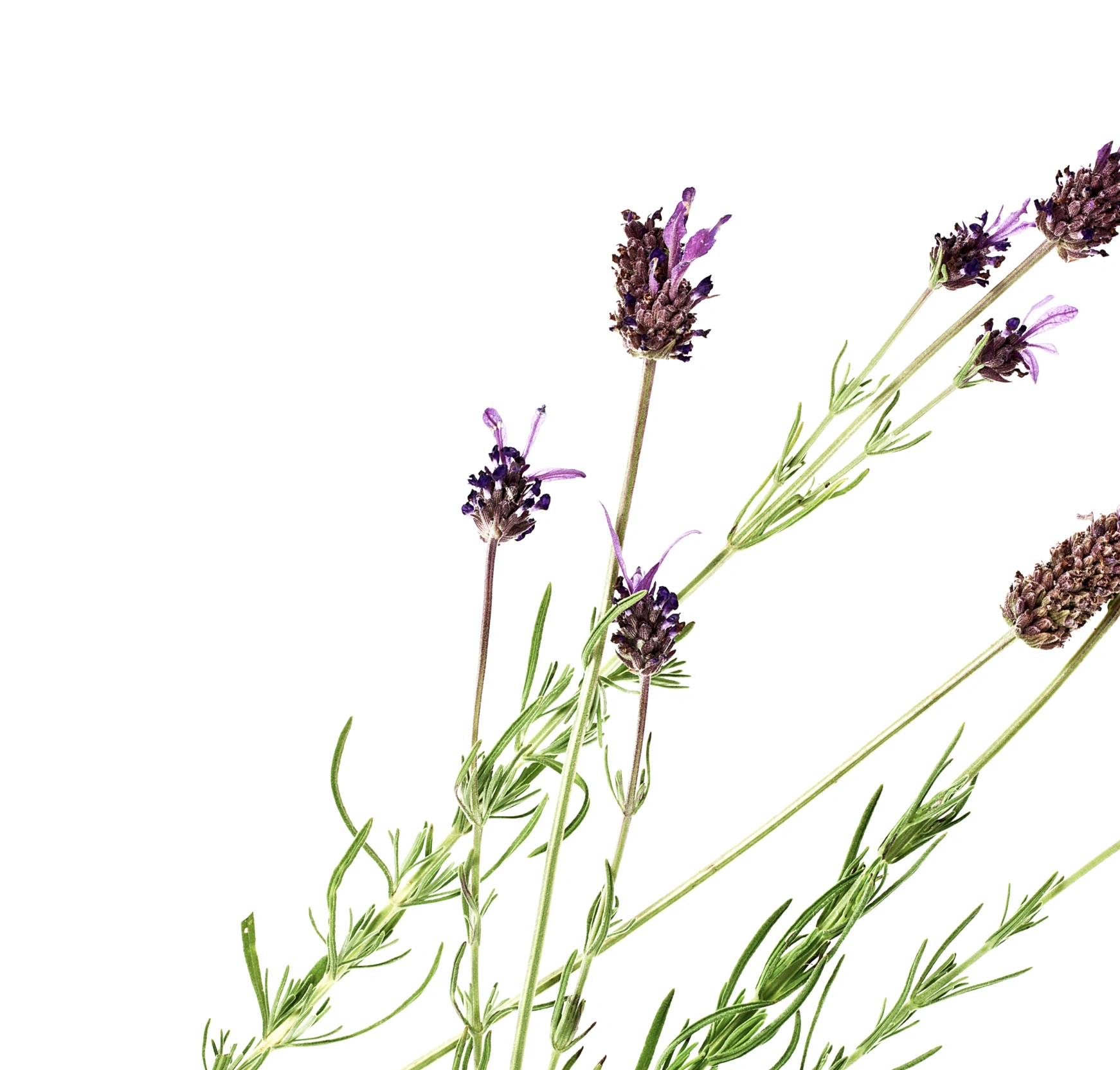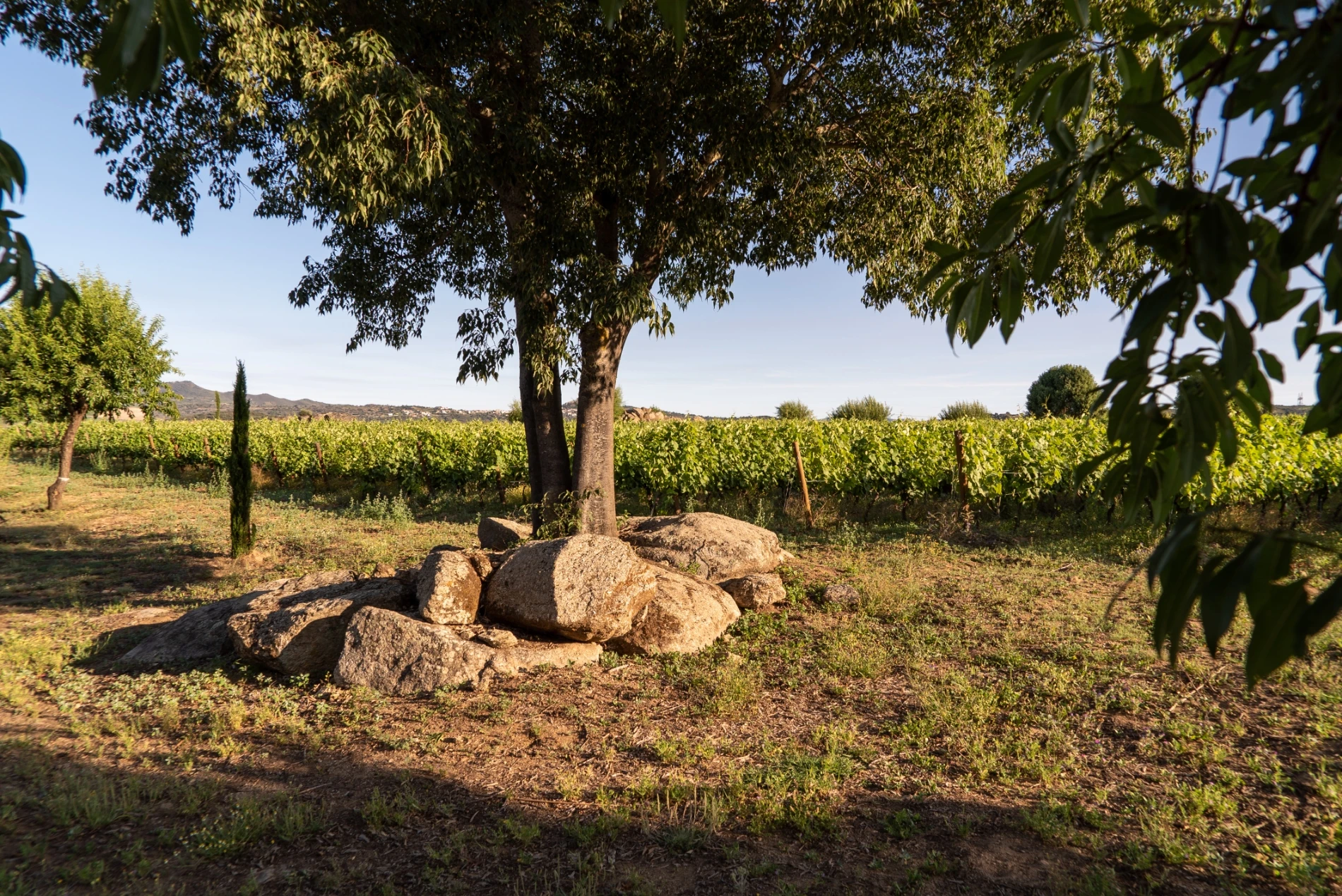Vineyards Quinta da Pedra Escrita
My first wine estate, its name is due to the inscriptions on a granite rock dating back to the middle of the 1st century BC and to a Pombaline landmark, which has been in my family since the 19th century. It was one of the estates in the Upper Douro to be demarcated.


Location
Parish of Freixo de Numão, municipality of Vila Nova de Foz Côa, in the Upper Douro
Average Altitude
575m
Soil
Very sandy granite
Vineyard Area
18.5 hectares in total, of which 13.96 white and 4.54 red
Pruning
Unilateral Royat cordon and simple Guyot
Grape Varieties
White: Rabigato, Alvarinho, Gouveio, Viognier and Verdelho
Red: Touriga Nacional, Sousão and Jaen (Mencia)
Total Area
32.73 ha, including 3.52 ha of organic almond grove
In 2007, I rehabilitated Quinta da Pedra Escrita, which has been in my mother’s family for than eight generations. Shallow, very dry and arid soils are predominantly granite, very sandy and poor in nutrients, with no water retention capacity.
In past centuries, the soils of the estate gave rise to white Port wines, highly appreciated for their ability to age and freshness. High-altitude granite soils have low productivity, and originate wines with extremely complex aromas and acidity, which allow us to obtain wines with good longevity.
I want to bring this tradition back to a world of increasingly stereotypical wines, highlighting the unique character of Douro high-altitude wines.
The production method is organic, and vines are not irrigated, like the almond grove. Both cultures are interspersed with natural forests of centuries-old kermes oaks and junipers, thus favouring biodiversity with space for the development local fauna and flora.
